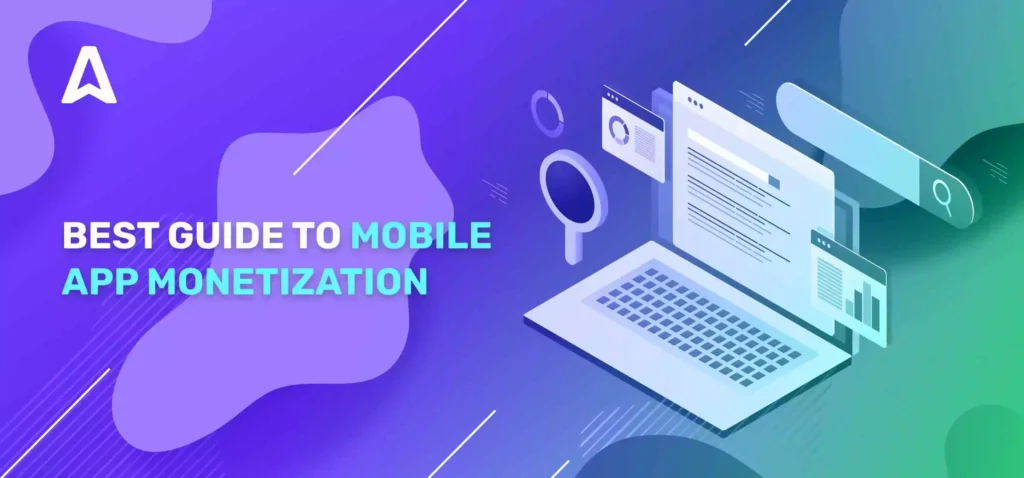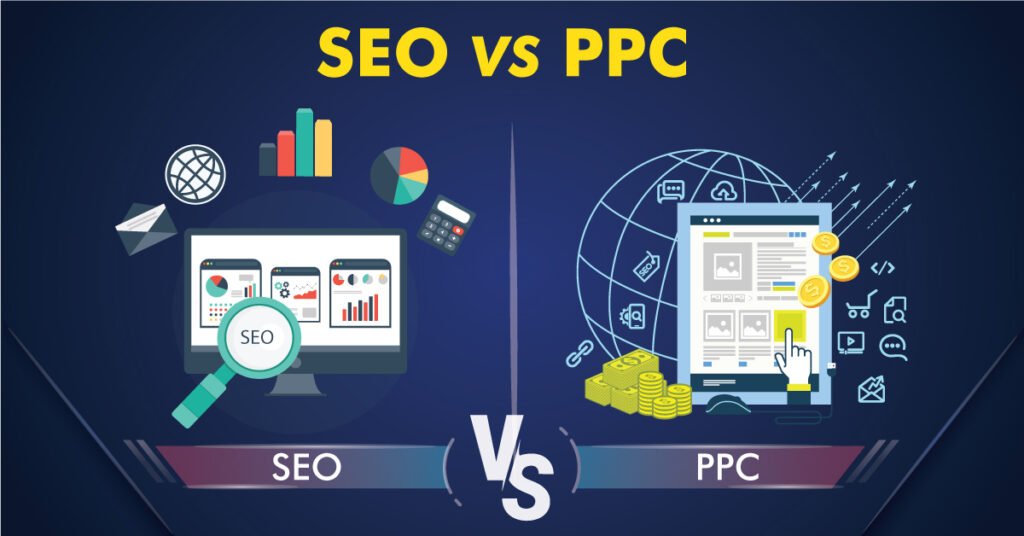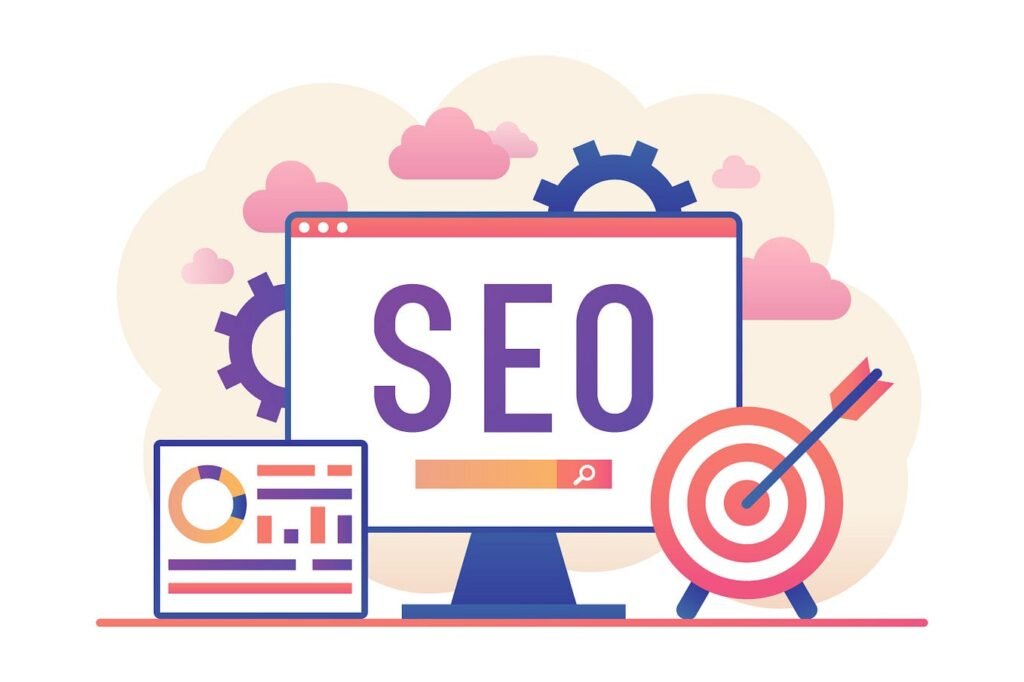On-Page SEO Tips for Higher Rankings
Search engine optimization (SEO) is still essential in the dynamic world of internet marketing if you want to rank higher and attract natural visitors to your website. Off-page SEO tips are crucial, but on-page optimization is just as important in informing search engines about the value and relevancy of your content. We’ll look at some practical on-page SEO tips in this post to assist you increase the exposure of your website and move up the search results pages. Keyword Research and Placement: To find terms and phrases that are pertinent to your content and target audience, start by doing in-depth keyword research. Make thoughtful use of these keywords in all of your content, including headings, titles, and meta descriptions. To avoid keyword stuffing, which can lower your rankings, make sure the content flows naturally and is easy for users to read. Optimize Title Tags and Meta Descriptions: Write catchy and pertinent title tags that include your main keyword for every page. Likewise, craft succinct and compelling meta descriptions that entice readers to click through. In addition to increasing click-through rates, properly structured title tags and meta descriptions give search engines useful information about your content. Create Unique and Engaging Content: In the realm of SEO, content still reigns supreme. Provide enlightening, entertaining, and high-quality content that meets the demands of your audience. Make sure the information you write is original; steer clear of thin or duplicate content as it may hurt your search engine rankings. To continue being useful and relevant to your audience, update and renew your content frequently. Optimize Images and Multimedia Elements: By optimizing photos and multimedia elements, you may improve both the user experience and SEO of your website. To increase website load speed, use descriptive file names, include alt text with pertinent keywords, and reduce image size. These are taken into account by search engines for ranking pages, and well-optimized multimedia components improve user experience in general. Improve Page Load Speed: Search engine rankings and user experience both heavily depend on page speed. Reduce the number of pointless scripts on your website, use browser caching, and compress your images to improve efficiency. In addition to increasing consumer satisfaction, a website that loads more quickly is given priority in search engine algorithms. Mobile-Friendly Design: Having a website that is responsive to mobile devices is crucial, since more people are using these devices to access the internet. Make sure your website is optimized for different screen widths and offers a smooth user experience. Because Google gives mobile-friendly websites more weight in its rankings, on-page optimization must take this into account. Internal Connection Framework: Establish a systematic and coherent internal linking framework for your material. Internal links aid search engines in deciphering the structure and connections among the many pages on your website. They also lower bounce rates by directing consumers to pertinent material, which keeps them interested. Conclusion You may dramatically improve your website’s search engine rankings by using these on-page SEO tips into your digital marketing strategy. To preserve and increase your online exposure, keep in mind that SEO is a continuous process and that keeping up with industry changes and search engine algorithms is essential. Regularly tweaking your on-page components can improve audience experience as well as the functionality of your website.
On-Page SEO Tips for Higher Rankings Read More »












